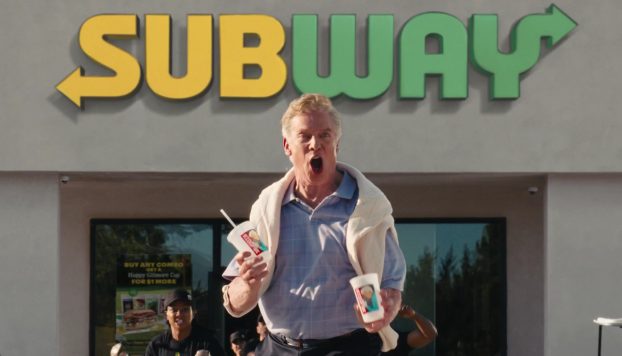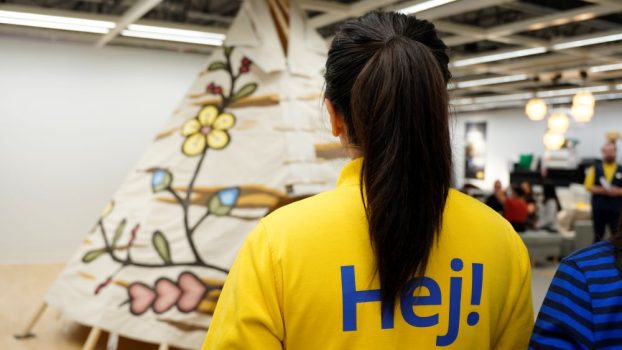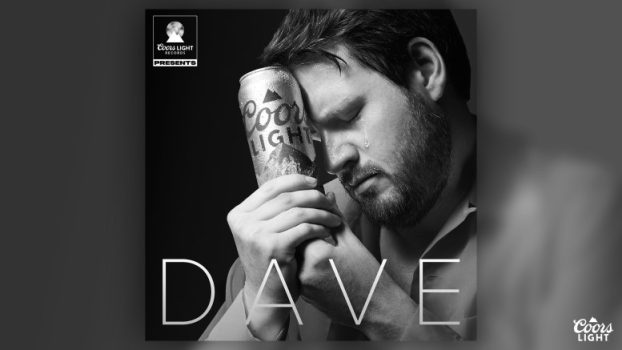This might be a good time to sign up for a new phone. They’re free.
As with many short-term promotions, however, what’s good for next quarter’s results isn’t always good for the industry as a whole. Have telecommunications companies shot themselves in the foot with giveaways?
‘The industry has trained [consumers] to have easy access to low-cost handsets,’ says Karim Salabi, director of customer loyalty and knowledge for Fido, which is owned by Montreal-based Microcell. ‘Customers are getting more sophisticated, but in any other industry, you would expect that with an increased level of sophistication people would also be more willing to pay more for a superior product. Because of the deep discounting we’ve done, the increased level of sophistication doesn’t necessarily translate into increased value. Consumers want something more high end for practically nothing.’
This is a common argument against sign-up giveaways, and is especially pertinent when it pertains to free phones which cost the manufacturer $200 a pop.
An exacerbating factor is churn, which is the rate at which clients disconnect or are deactivated from their wireless service. Churn rates seem like small numbers, but according to Telus Mobility’s investor Web site, just 0.3% can represent about nine months of service per client.
One cause of churn is the growing number of people taking advantage of introductory offers. Many are ‘serial defectors’ who change cellphone plans once or more a year
In fact, a recent study by J.D. Powers in the U.S. found that one in four wireless subscribers had switched carriers at least once in the last 12 months, slightly up from last year. The length of time a subscriber stays with one carrier before switching has shortened a full three months since 1999.
Bob Macdonald, CEO of performance at marketing solution provider Maritz Canada, thinks ‘it’s a safe bet’ that the same phenomenon is occurring here.
The combined factors are forcing a competitive marketplace to focus on premiums and incentives that will not only attract new customers, but keep them long term.
This August, Microcell’s Fido brand launched a daring promotion that seeks to offer the best of both worlds. The Fido to Fido package offers customers unlimited local calls, text messages and chatting between Fido subscribers, 100 weekday minutes of calling, and 1,000 evening and weekend minutes of calling for just $25 per month.
Salabi sees the promotion as more than just a bid for new customers.
‘I treat it as a loyalty program,’ Salabi says. ‘Whether it’s an existing Fido customer or a potential one who knows other Fido customers, once you start a circle of people who are on the Fido service and get used to making free calls, there is a very strong loyalty impact because it’s creating a community of users.’
The program has already ‘significantly over-achieved our own projections,’ Salabi says. ‘In terms of driving the loyalty component, this is by far the most powerful concept we’ve used.’
|
||||||||||||||||||||||||||||||||||||
Fido isn’t divulging numbers, but telecomms analyst Johanne Yates, co-president of Montreal-based Lemay Yates Associates, notes that Fido increased its subscriber base by 40,000 in the last three months, according to its third-quarter results released Nov. 7. ‘Fido to Fido was a major element,’ she says.
Microcell has run more than its share of premium offers in the past. It gave away back-to-school backpacks to new subscribers in the fall of 1999. The launch of the unlimited nights and weekend package in the spring of 2000 prompted a promotion of free weekender baggage.
But about 18 months ago, Salabi says, the company decided to switch its focus from giveaways at acquisition to promotions that clarify Fido’s brand attributes to potential customers, including the capacity for text and instant messaging, which is so attractive in the youth market.
Internal studies drove the decision. ‘When carriers discount too much or acquire customers with no-cost handsets, the customer hasn’t committed any amount up front, and what we find is that typically they don’t make for the most loyal customer,’ says Salabi. ‘The most loyal are people who did make a certain financial commitment to join and over the years have gotten a lot back from that initial investment. People who get a handset for Christmas or pay nothing tend to have no bond with the carrier.’
Fido has already started to alter its focus. It operates a ‘Best Advice’ program, in which 10,000 to 15,000 customers per month receive telephone calls advising them on ways to save money by switching to payment plans more appropriate for their lifestyle.
Overpaying for services is the number-two reason customers defect, Salabi says. ‘We pro-actively contact our customers to let them know that they’d be better off on another plan. In terms of impact on loyalty, it’s usually quite outstanding. Customers are just delighted that we’ve actually called them up and let them know that there’s a way to save money.’
Vancouver-based Telus Mobility, like many wireless operators, is also using phone upgrades as a way to address broader loyalty issues.
‘We actually remind our clients when they’re eligible for a renewal bonus, when their service agreement has come to an end,’ says Pam Karnik, Telus’s Toronto-based VP loyalty and retention. ‘It pre-empts some of the shopping, and even if they went shopping, overall, if you have experience with a carrier that’s being responsive, people are more prone to stay.’
In fact, Telus has increased its loyalty budget 100% since 2002, says Karnik.
This year, the company will spend $100 million on retention programs, including handset upgrades, increased customer service, and close attention to such basics as service coverage and reliability.
But that doesn’t mean Telus, or the other cellcos for that matter, have stopped using giveaways to attract new customers altogether.
Both Telus and Toronto-based Rogers AT&T Wireless are working the churn angle by running promotions that urge users of Microcell’s Fido brand to make the switch to their services.
Telus is running print ads that say: ‘Now is the perfect time to move from Fido to Telus,’ and offering defectors a free phone and the option to stay on a Fido rate plan.
Print ads placed by Rogers also offer Fido users a free handset replacement, suggesting: ‘It’s time to switch from Fido to a much bigger backyard,’ in bold type, accompanied by a photo of a carefree dog escaping through an open fence.
The Ottawa-based Canadian Wireless Telecommunications Association (CWTA) says Canadian cellphone providers have already achieved a penetration rate of 43%, comprising over 12 million subscribers. It expects that rate to top 50% by next year. As penetration maxes out and the major wireless providers fight over a dwindling number of new users, churn increasingly represents a major source of new blood.
Fido, which has the highest churn rate in the industry (see chart on page 19), presents a major source of new clients for its competitors.
‘One of the reasons clients leave is their phone isn’t working well,’ notes Telus’s Karnik. That explains how a free phone can be so enticing.
Bell Solo wrestles for youth
While Fido seeks to welcome the few remaining cellphone neophytes, and Telus and Rogers struggle to wean young’uns off of Fido’s no-contract, no-commitment plans, Toronto-based Bell Mobility is going after a different kind of audience with its Solo brand.
Bell is using a partnership with World Wrestling Entertainment to offer an exclusive package including superstar ringtones, screensavers, and the downloadable WWE Mobile Madness Hardcore game on the new ‘Inside the Ring’ Audiovox CDM 8455 handset.
The phone comes in a WWE-embossed genuine leather case, and customers who pre-order the phone before Nov. 21 will receive a free WWE T-shirt. Customers who merely sign up to be alerted when the phones are available in stores will automatically be entered into a draw to receive their phone free.
If that isn’t enough, one lucky winner who activates a WWE phone by the end of the year will win the ultimate WrestleMania XX prize package including two tickets, flight, accommodation and spending money for a WWE event in New York City in March 2004.
Alice Lee, manager of Telus Mobility’s Toronto-based niche marketing department, administered a similarly specialized promotion this fall. Telus offered free plush dolls based on popular Cantonese cartoon characters to new, young subscribers in the Chinese-Canadian community. The program exceeded expectations.
‘We find that premium and incentives are more effective promotional ways than price cuts for targeting niche markets,’ says Lee. Like wrestling fans, maybe?























